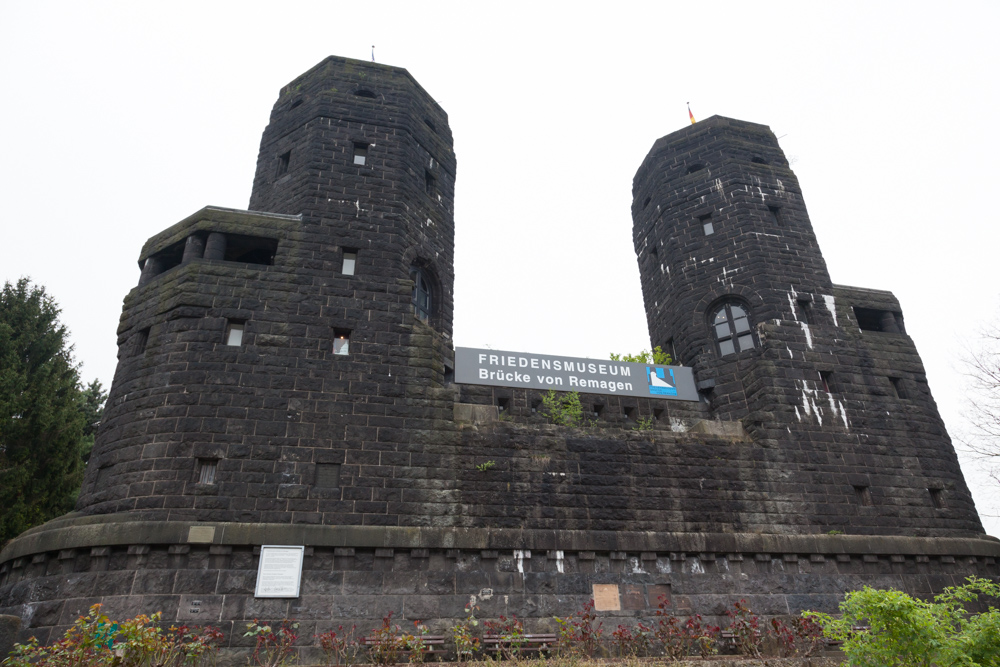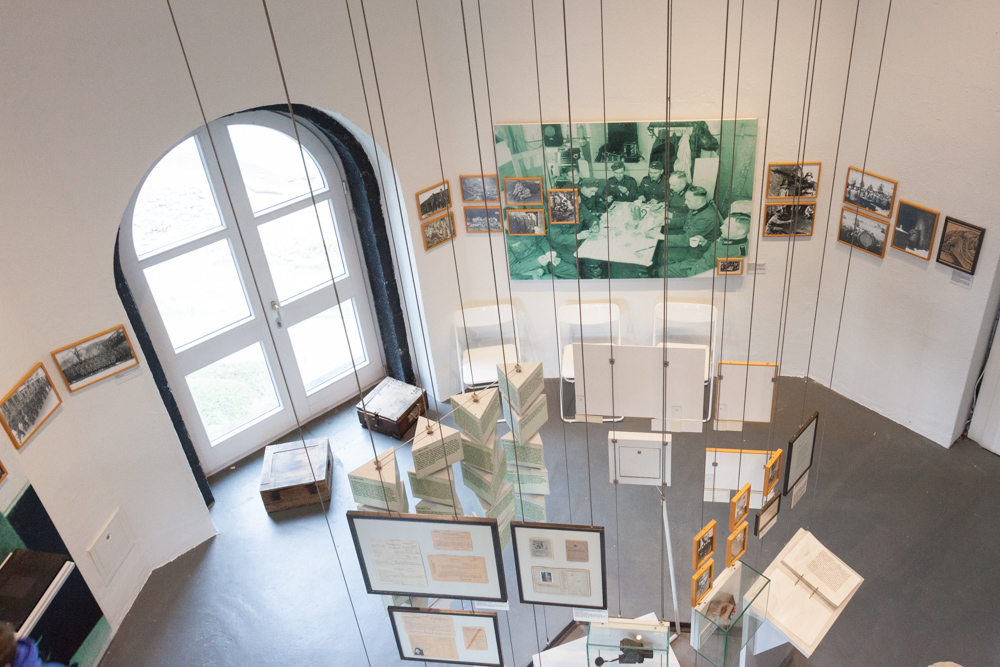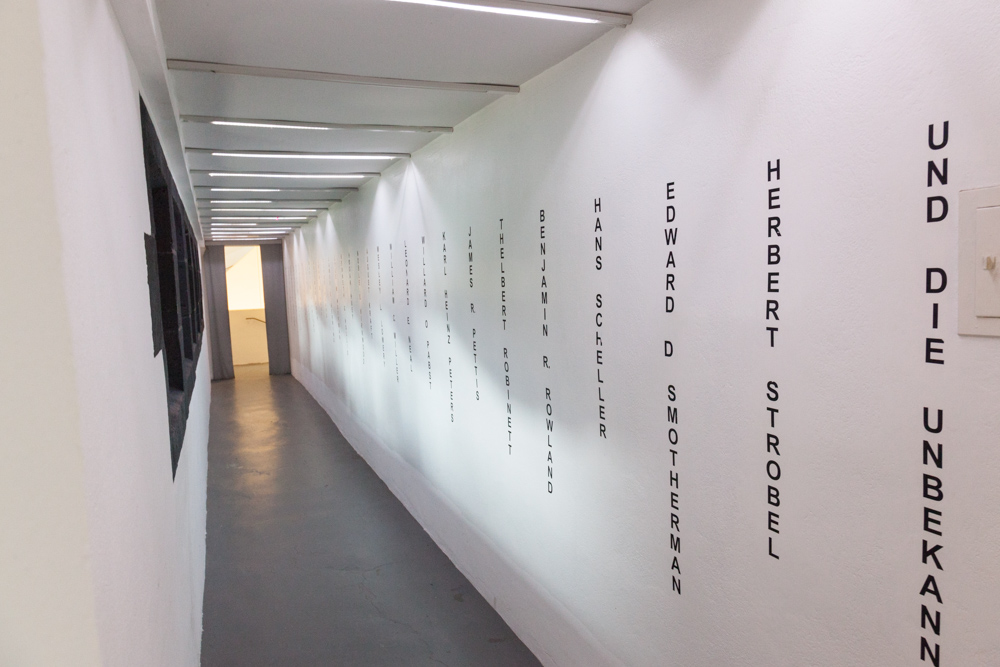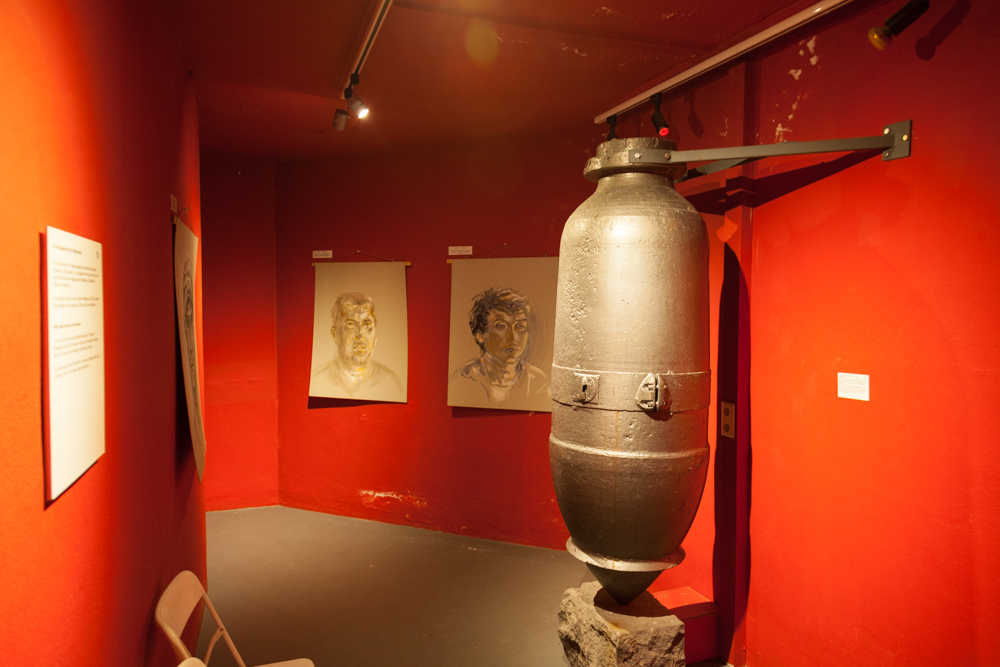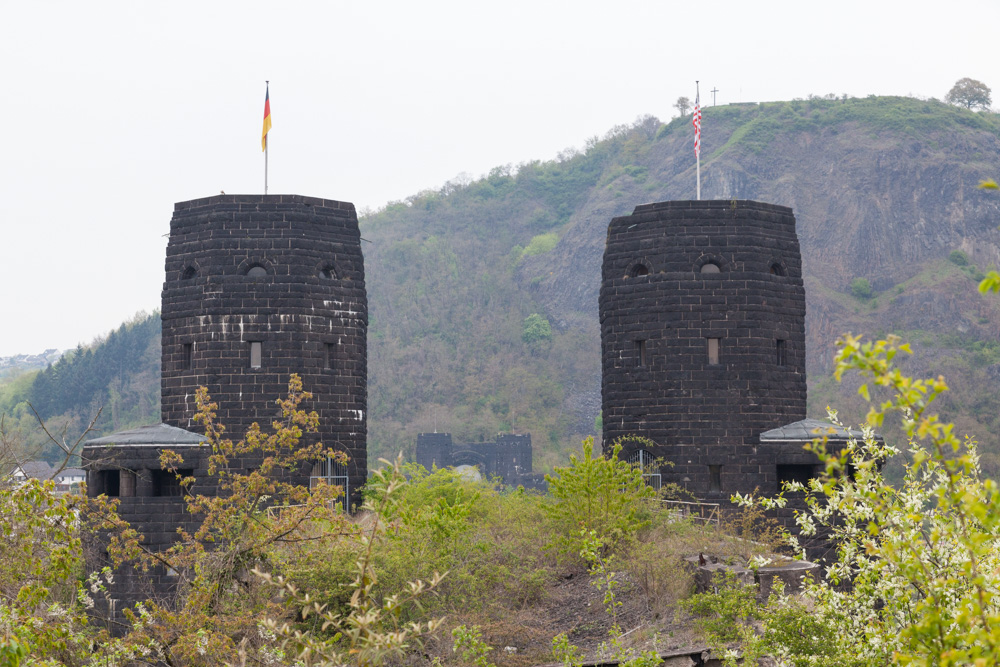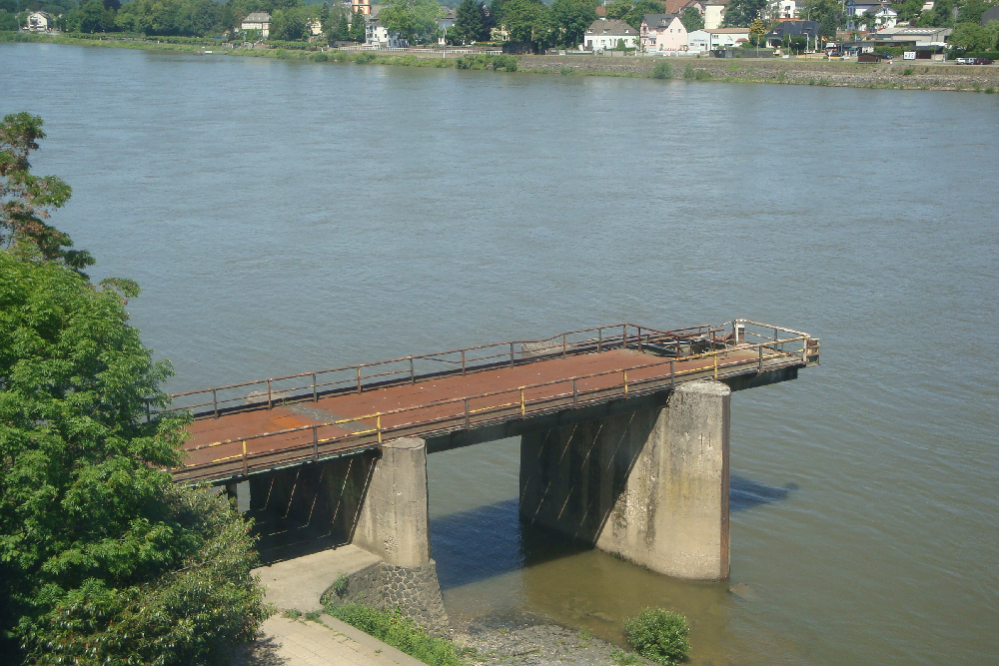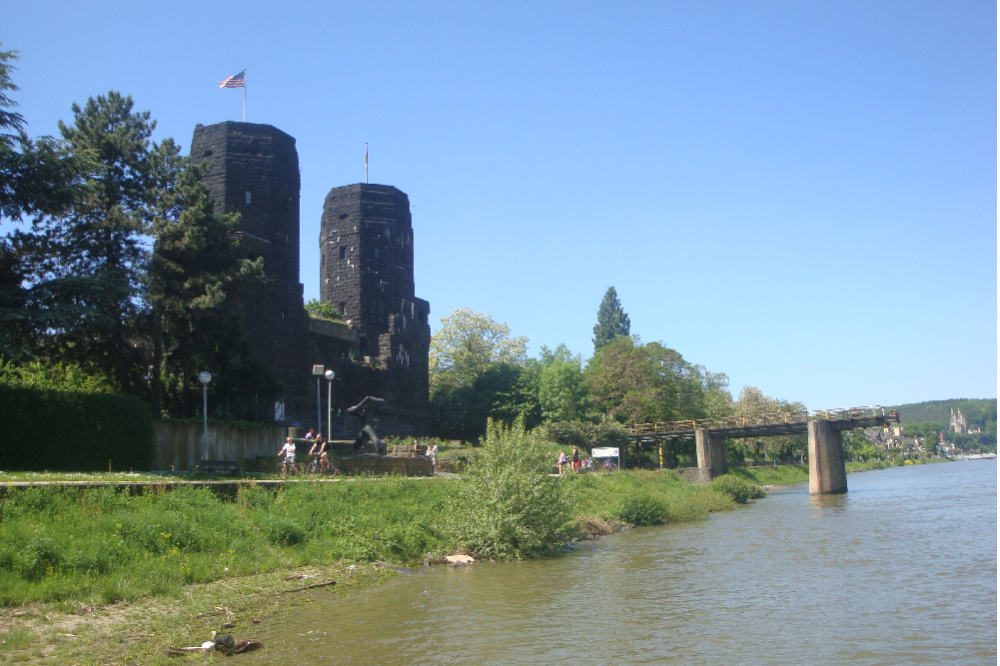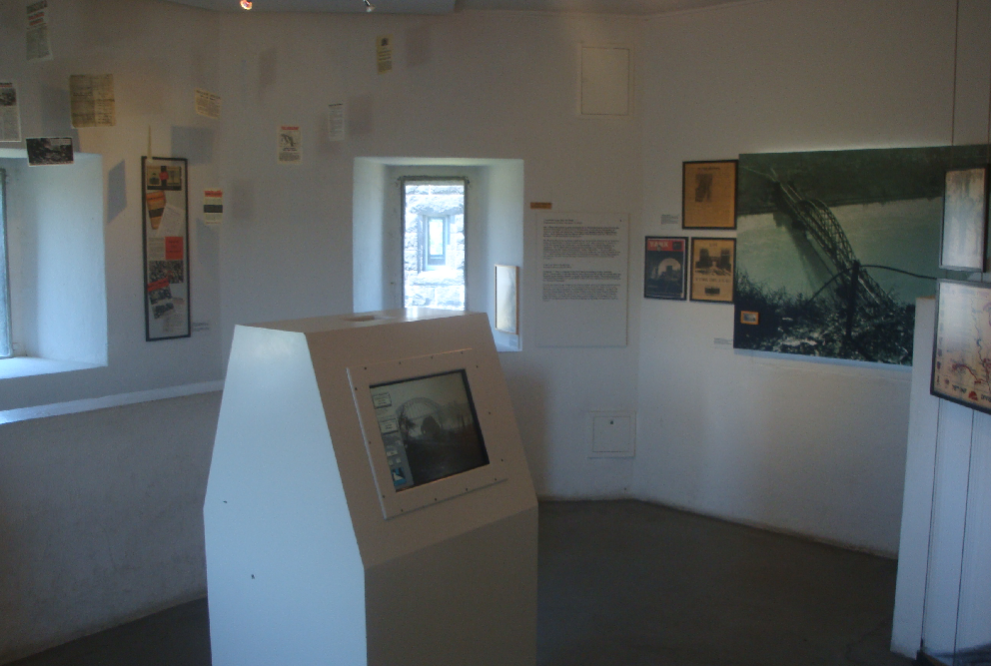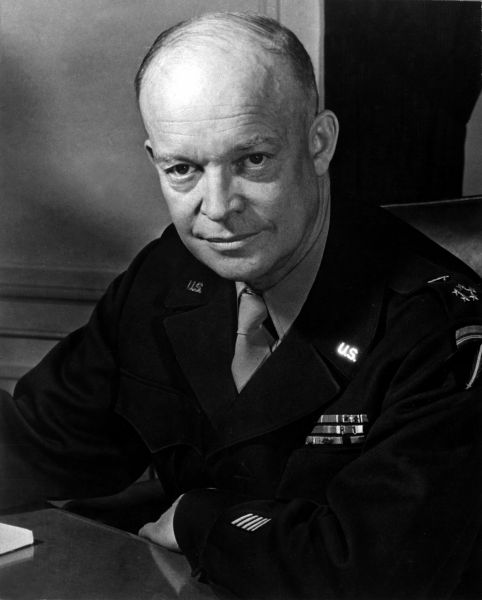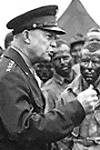Peacemuseum Bridge of Remagen
In the last war-year the Rhine-bridge of Remagen was numerous times under attack of Allied bombers. When American groundtroops in the beginning of the year 1945 came closer and closer to the last naturel barrier of Germany, Hitler ordered that only bridges within 8 kilometers of Allied attackers were allowed to blow up. With the construction of the bridge at Remagen was begun during WW1. It was mainly intended for troop movements.
On both sides became two massive towers in which guns could be placed. The bridge was named after German General Ludendorff. On the east-side a tunnel through the rock mass was dug out.
Bridge intact:
As far as the Allies knew all bridges over the Rhine river were blown to pieces when a small reconnaissance group of American soldiers of the 9th armor division climbed the top of the ridge west of the river. The commanding officer couldn’t believe his eyes when he saw the Rhine bridge still intact. It was the 7th of March. The Germans tried to destroy the bridge immediately.
The Americans decided directly to storm the bridge and take it. Within 24 hours there was a bridgehead of 8000 soldiers and within a week one of 25.000 man. The German command kept the following days to blow up the bridge with explosives and frogman. More than ten V2 rockets were fired from the Netherlands to destroy the bridge. In the meantime the Americans built, about 3 kilometer upstream, a ponton bridge. While the Germans were still busy to bomb the bridge the whole construction of the fragile bridge collapsed. In impotent anger Hitler set up an emergency court, that sentenced five officers to death and had four of them shot in the Westerwald. The battle for the bridge was made into the 1969 film The Bridge at Remagen.
Museum:
Today, a so-called Friedesmuseum (peace museum) has been set up in one of the pillars of the bridge. In the towers, an exhibition tells the story of the bridge. This mainly consists of many photos, a few short films, and a single original part of the bridge, further highlighting the futility of war. A documentary video from the English Military Academy in Sandhurst shows the events around 7 March 1945 in newsreels and interviews with witnesses from the time. As the museum was once set up by selling parts of the bridge, it is noteworthy that there are still pebbles cast in resin with certificate of authenticity for sale for €30 from the bridge. The exhibition recalls the construction, conquest and heavy fighting in the beachhead, in which German, American, Belgian and English soldiers took part.
On the other side (east side) you can still see the cut-out tunnel, but it has now been bricked up. You can have a look into the tunnel through a barred door. The two piers that stood in the Rhine for decades have now also disappeared, but the other remnants are impressive enough to appeal to the imagination. You can still see the bullet holes on the stairs to the tunnel.
For current visiting hours, please visit the website of the museum.
Do you have more information about this location? Inform us!
Source
- Text: Cheapskatetravel.nl & Remagen Brücke
- Photos: Arjan Vrieze (1, 2, 3, 4, 5), Cheapskatetravel.nl (6, 7, 8)
Related books
Nearby
Point of interest
- Bridge at Remagen - Erpel
- Railway Tunnel Erpel - Erpel
- V1 Feuerstellung 328 Bruchhausen - Bruchhausen
Monument
- Memorials Remagen Bridge - Remagen
- Plaque Peace without freedom is no peace - Erpel
- Plaque This Time in Peace - Lest we Forget - Erpel
Cemetery
- Former Remagen Old Cemetery - Remagen
- Restored Jewish Cemetery Unkel - Unkel
- German War Cemetery Bruchhausen - Bruchhausen
